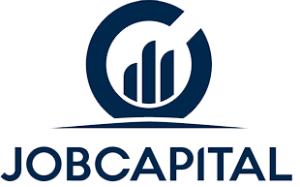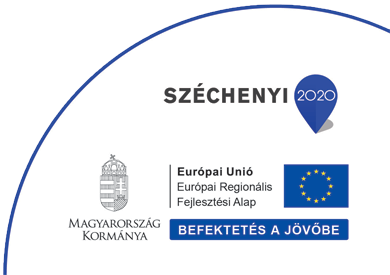The success formula for multinationals = Career × Team
Most multinationals have already realized that talent management and organizational design cannot remain siloed in separate spreadsheets. Market volatility, hybrid work models, and growing skill gaps are forcing leaders to rethink what “people strategy” truly means. If we limit career planning to development programs and reduce team building to headcount charts, we risk creating the opposite of what we aim for: fragmented, quickly burned-out employees and a rigid, slow-moving organization.
Zoltán Péter Papp, CEO of Jobcapital, explains:“Career growth and team structure are two sides of the same coin. Individual ambition provides the drive, and a well-designed team framework turns that drive into business performance. When these two aren’t in sync, even the best employees may leave, or projects stall because of confusion over roles. But when career and team dynamics run in tandem, internal friction decreases, decision-making speeds up, and innovation skyrockets.”
TL;DR for busy leaders
-
21%: Only this share of employees are engaged globally, according to Gallup. The productivity loss? $438 billion per year.
-
Learning-focused companies are more stable: better internal mobility, higher retention, and stronger leadership pipelines.
-
Market leaders now see the alignment of strategy, operations, and talent as the engine of performance.
The Numbers That Should Wake Up Any Leadership Team
How is it possible that up to 9% of global GDP is lost due to workplace disengagement? According to Gallup’s 2024 report, only one in five employees is engaged—resulting in $438 billion in lost productivity annually. The conclusion is clear:
A great strategy is useless without people who are energized and eager to grow.
Why Career and Team Building Are One and the Same
| Career Focus | Team Focus | Business Impact |
|---|---|---|
| Internal growth paths | Competency-complementary team design | Faster time-to-productivity |
| Personalized upskilling | Shared learning rituals | Higher innovation rate |
| Lateral/vertical mobility | Cross-functional projects | Reduced turnover |
LinkedIn Learning research confirms: in companies with a strong learning culture, retention, internal mobility, and leadership appointments all increase significantly. Strengthening the individual and the team isn’t two separate efforts—it’s one self-reinforcing cycle.
Three Fast Tactics for a Multinational Environment
1. Strategy ↔ Skill Matrix Matching
-
Launch quarterly “skills inventory” audits and prioritize skills that directly support business OKRs.
-
Use AI-powered talent-gap analysis tools for immediate visibility on missing capabilities.
2. Internal Mobility as a Default HR Process
-
Introduce a “talent marketplace” portal: open roles should be posted internally at least 14 days before external advertising.
-
Reward leaders who “export” talent to other teams—not just for retention, but for accelerating organizational learning.
3. Manager = Coach, Team = Playing Field
-
A leader’s key role is syncing strategy and talent. Measure this quarterly with 360° feedback.
-
Allocate OKR-linked “learning sprints” (e.g., 5% capacity dedicated to learning), so career growth doesn’t have to happen after hours.
What’s in It for the Multinational Organization?
| KPI | Traditional HR Approach | Career × Team Model |
|---|---|---|
| Time-to-hire (key roles) | 72 days | < 40 days (via internal pool) |
| One-year attrition | 18% | ≤ 10% |
| Project kick-off cycle time | Long approval chains | Sprint-ready teams |
These aren’t just HR trophies—faster market entry, lower recruitment costs, and retained institutional know-how directly impact your bottom line.
“We build teams where careers can grow.”
– Zoltán Péter Papp, CEO, Jobcapital
Jobcapital’s experience shows that the fastest-growing multinationals have three key traits in common:
-
Data-driven skill transparency – regular, objective capability mapping at every level
-
A culture of internal mobility – developing and moving talent is as critical as external hiring
-
Leadership accountability for learning – managers are measured by how much their teams grow quarterly
These practices ensure the career and team engines run in sync—allowing the organization to adapt rapidly to market shifts. If you anchor your HR strategy on these three pillars, you’ll not only reduce churn but also build long-term competitive advantage.
Tarnai Attila
Marketing manager
Jobcapital





